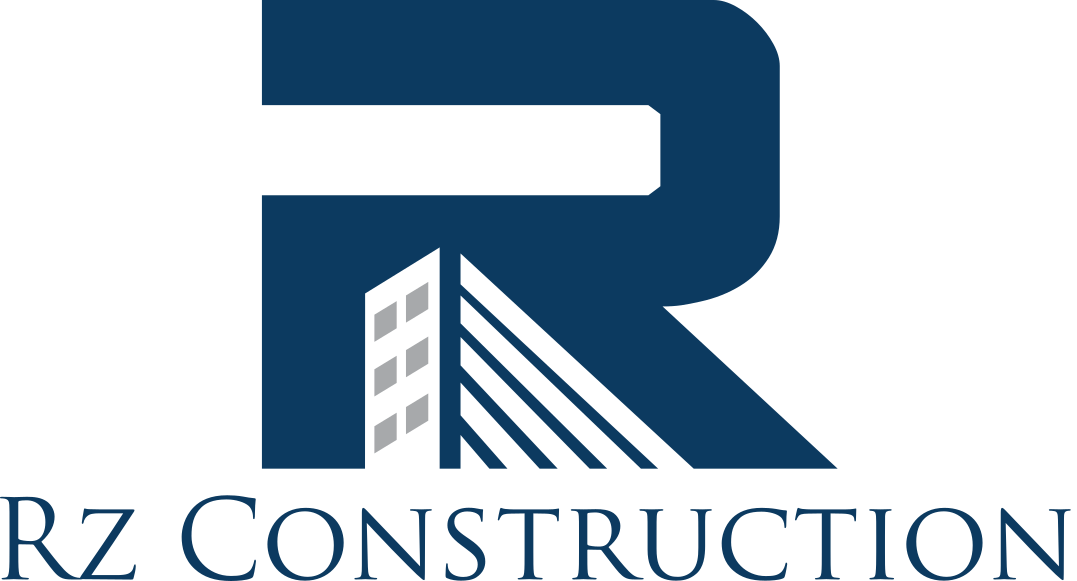Outdoor kitchens are hugely popular nowadays, and with the pandemic having forced many millions of Americans to stay at home for weeks on end, more and more homeowners began to appreciate the value of having not just outdoor space, but something outside with which to cook food and gather around when times were tough.
If you’re considering adding an outdoor kitchen to your home, and want some advice on what type of masonry stove to have constructed, the following guide should help you:
Choosing a traditional masonry stove design
A skilled masonry contractor will construct a brick or stone wood stove for you that will generate and direct fire and heat in just the way you want it to, but you’ll need to decide upon ‘direct’ or ‘indirect’ heat.
Direct wood stoves can be basic, rustic structures with only three sides made of brick, and a cast iron cooking grate over a fire. While this type of masonry stove can be wonderfully effective for searing steaks on a hot skillet, this type of design does restrict your ability to make baked goods. If you’re looking for a masonry stove that will enable you to do all the things your indoor stove does, then you’ll need a fireplace with an oven.
With modern designing and a masons skills, a fireplace with an oven enables you to use the same techniques of delivering steady, indirect heat for baking, as well as direct-fire cooking, and in fact, these designs often stem from The Pilgrims, who used to make entire Thanksgiving dinners on their masonry stoves.
Also, when you cook in an outdoor kitchen over a masonry stove, you don’t need to worry about bringing logs into the home or carrying out ash; everything you need can be within an arm’s reach.
Choosing a modern masonry stove design
The source of the heat is the primary difference between traditional and modern outdoor kitchens, and for many home cooks, the right outdoor kitchen involves minimal clean up, and no firewood or ash. With this in mind, many modern home cooks opt for gas stove insets and grill stations, that can be incorporated directly into the stone or brick design, and in which the level of heat can easily be regulated. With no ash, soot or smoke, an outdoor masonry stove can be made using thin brick and stylized tile facades for additional aesthetic appeal and ease of cleanliness. Instead of rustic beauty (which absolutely has its place), you can have a modern outdoor masonry stove that has splashes of bold colors, different textures and gives you a little more design freedom.
Both traditional masonry stoves and modern ones have their place in today’s outdoor kitchen, and which one you choose will doubtless come down to a combination of personal preference and convenience. Just be sure to have an experienced masonry contractor construct your outdoor stove for you; a DIY job could leave you with more than your fingers burned!
